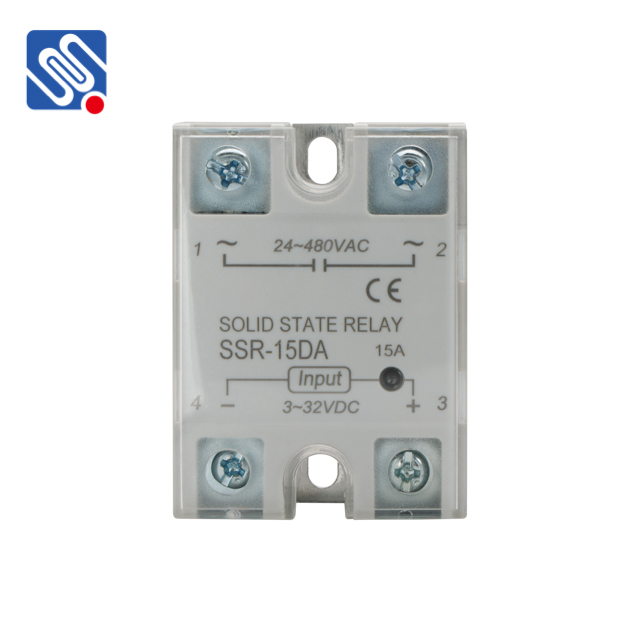The lifespan of a relay is influenced by several factors:

Mechanical Wear: Relays have moving parts, such as contacts, that physically open and close with each cycle. Over time, mechanical wear can cause the contacts to degrade, which shortens the relay’s lifespan. Electrical Stress: Each time a relay switches, the electrical contacts are subjected to a certain amount of electrical stress. High current or voltage, inductive loads, or frequent switching can accelerate wear and cause the contacts to erode or weld together. Environmental Conditions: Temperature, humidity, dust, vibration, and corrosive gases can all impact the relay’s lifespan. Excessive heat, for instance, can cause overheating, while moisture can lead to corrosion of the contacts.